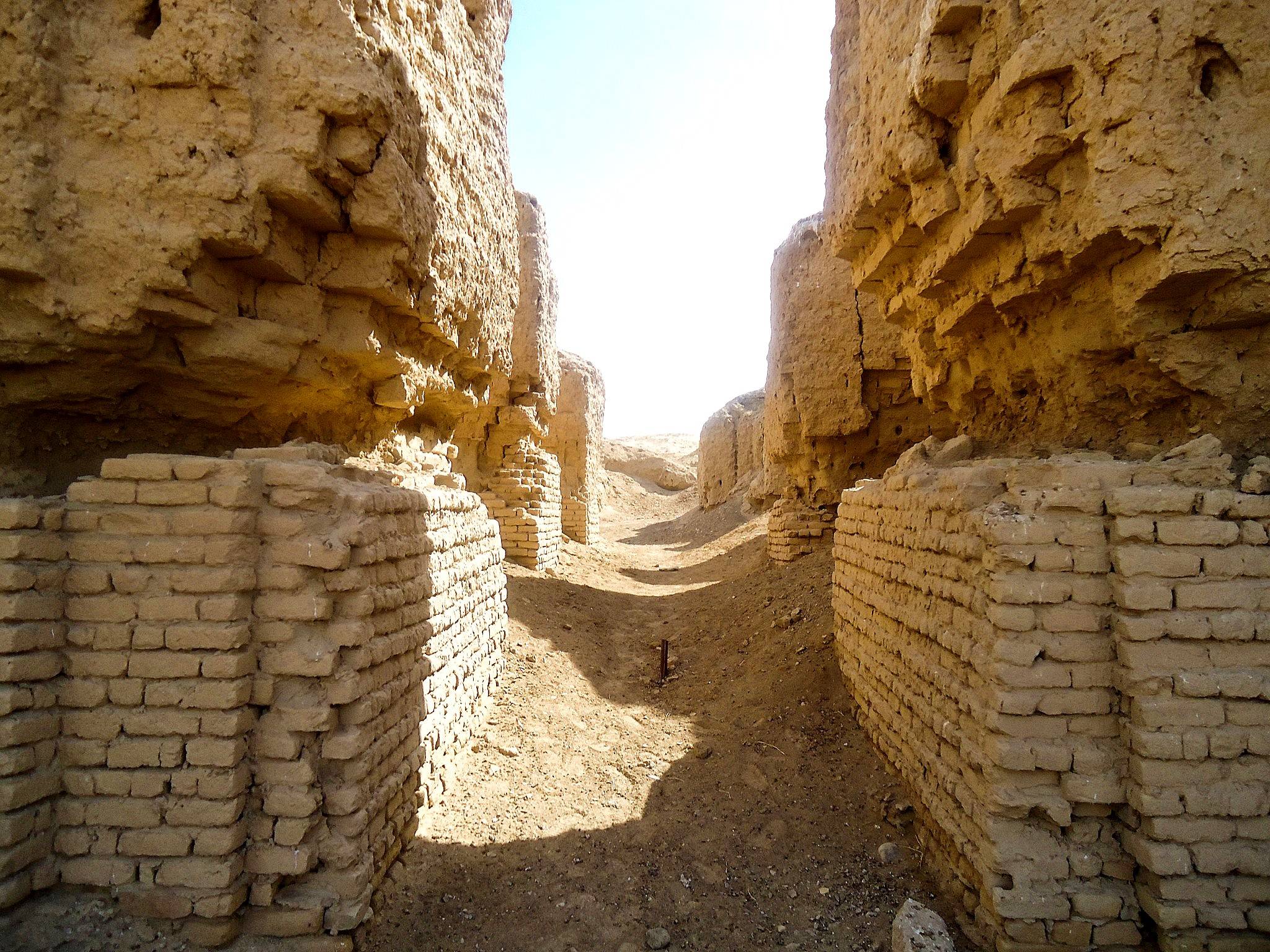Kish, an ancient city located in the Babil Governorate of Iraq, stands as a testament to the rich history and cultural advancements of the Sumerian civilization. Situated 80 km south of Baghdad and 12 km east of Babylon, Kish’s strategic location contributed to its prominence throughout various periods, from the Ubaid period (c.5300–4300 BC) to the Hellenistic period. This blog post delves into the historical and archaeological significance of Kish, shedding light on its role in the early development of urban civilization in Mesopotamia.
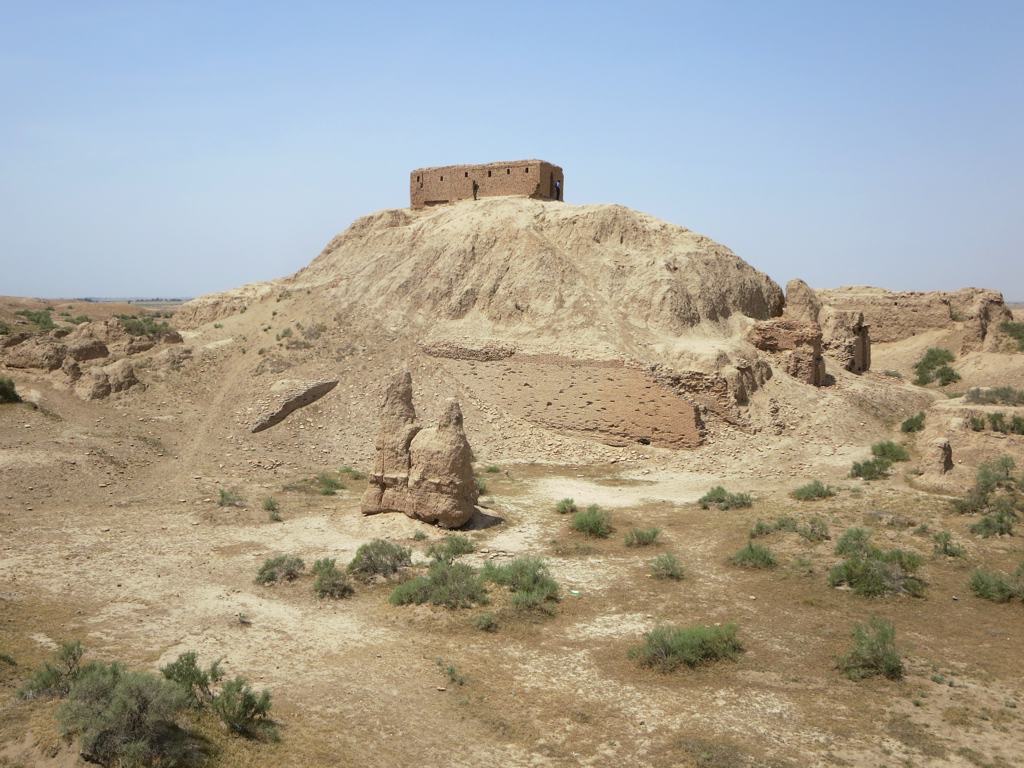
Nippur
Nippur, an ancient Sumerian city, holds a unique position in the history of the ancient Near East. Known in Sumerian as Nibru and in Akkadian as Nibbur, it was often referred to logographically as EN.LÍLKI, translating to “Enlil City.” This designation underscores its significance as the special seat of worship for Enlil, the Sumerian god of wind and the cosmos. Located in what is now modern Nuffar, Iraq, Nippur was strategically positioned approximately 200 kilometers south of Baghdad and about 96.56 km southeast of Babylon. Its historical occupation traces back to periods as early as the Ubaid and extends through the Uruk and Jemdet Nasr periods, indicating a long and continuous significance in Mesopotamian history.
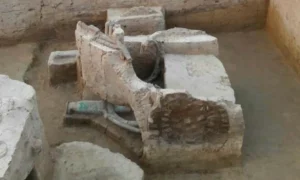
Sinauli
Sinauli, located in western Uttar Pradesh, India, has emerged as a significant archaeological site that offers a unique window into the Late Bronze Age cultures of the Indian subcontinent. The site, situated at the Ganga-Yamuna Doab, has been the focus of archaeological interest following the discovery of Bronze Age solid-disk wheel carts in 2018, which some scholars have interpreted as horse-pulled “chariots”.
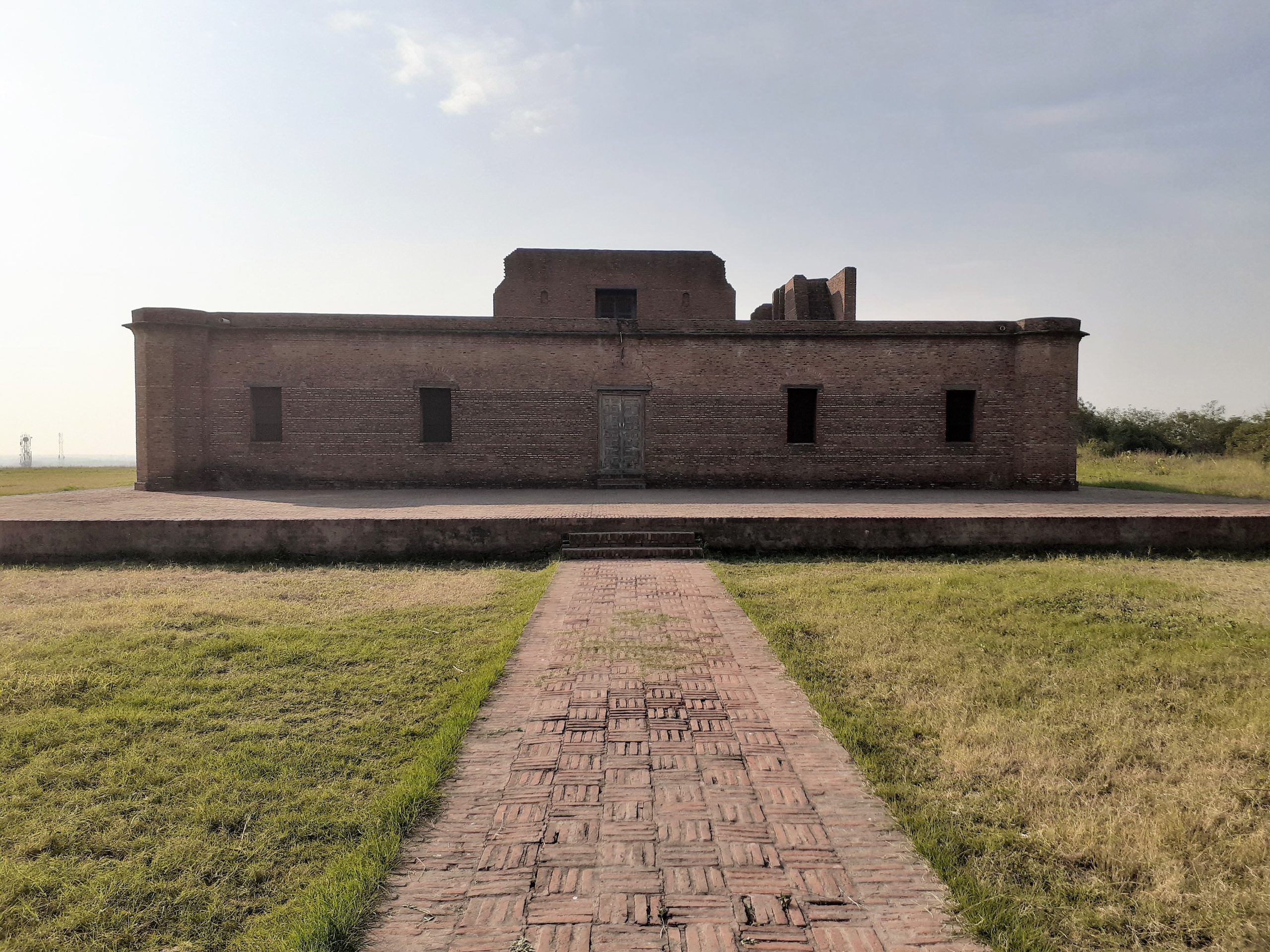
Rupnagar Archaeological Site
Rupnagar, formerly known as Ropar, situated in the state of Punjab, India, stands as a testament to the rich cultural heritage and historical continuum of the region. This site, located on the left bank of the River Sutlej, has been a focal point of archaeological interest due to its significant contributions to understanding the Indus Valley Civilization and its subsequent cultural phases. The Archaeological Museum in Rupnagar, inaugurated in 1998, serves as a repository of the region’s ancient past, showcasing a wide array of artifacts that span from the Harappan era to medieval times.
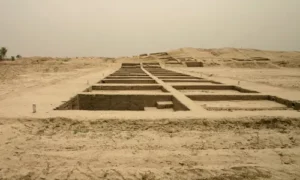
Baror Archaeological Site
Baror, an archaeological site in the Sri Ganganagar district of Rajasthan, India, stands as a testament to the rich cultural tapestry of the ancient Indus Valley Civilization. This site, located near the India-Pakistan border in the Thar Desert, has yielded significant findings that contribute to our understanding of one of the world’s oldest civilizations.
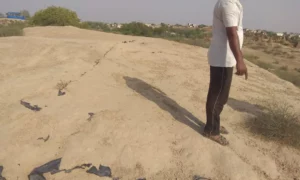
Rakhigarhi
Rakhigarhi, a village in the Hisar District of Haryana, India, stands as a testament to the architectural and cultural brilliance of the Indus Valley Civilization (IVC). Located approximately 150 km northwest of Delhi, this archaeological site, dating back to 2600-1900 BCE, was a significant urban center during the mature phase of the IVC. Despite its historical importance, a large portion of Rakhigarhi remains unexcavated, holding untold stories of our ancient past.

